Winter Construction Challenges and Solutions
Winter Construction Challenges & Solutions: Building Excellence in Any Weather
Winter's chill brings a unique set of challenges to the construction industry. From freezing temperatures and shorter daylight hours to snow, ice, and unpredictable weather patterns, building during the colder months requires specialized expertise and careful planning. While some may shy away from winter construction, at Five Mile Construction, we embrace the challenge and have developed proven strategies to ensure quality and efficiency year-round.
Many homeowners and businesses assume that construction projects must halt during winter. However, with the right contractor and proper precautions, winter can be an advantageous time to build. This blog post will explore common winter construction challenges and highlight the solutions Five Mile Construction employs to deliver exceptional results, no matter the weather.
1. The Impact of Freezing Temperatures: Protecting Materials and Workmanship
Frigid temperatures can significantly impact construction materials and the quality of workmanship. Concrete, for example, needs to cure at specific temperatures to achieve its full strength. Similarly, adhesives, paints, and other materials may not perform as intended in extreme cold.
Five Mile Construction Solutions:
- Temperature-Controlled Enclosures: We utilize temporary enclosures and heating systems to create a controlled environment for critical tasks like pouring concrete, applying finishes, and installing sensitive materials. These enclosures protect the work area from the elements, ensuring optimal curing and application conditions.
- Cold-Weather Materials: We select materials specifically designed for cold-weather applications. This includes concrete admixtures that accelerate curing time and prevent freezing, as well as adhesives and paints formulated for low-temperature performance.
- Monitoring and Adjusting: Our experienced crews closely monitor temperature conditions and adjust their techniques accordingly. We may modify concrete mix designs, extend curing times, or use insulating blankets to maintain proper temperatures.
2. Shorter Daylight Hours: Maximizing Productivity
Winter's shorter daylight hours can limit working time and potentially impact project timelines. Efficient scheduling and effective lighting solutions are crucial to maintain productivity.
Five Mile Construction Solutions:
- Strategic Scheduling: We optimize our schedules to maximize daylight hours, prioritizing tasks that require natural light.
- Supplemental Lighting: We utilize powerful, energy-efficient lighting systems to extend working hours safely and effectively. This ensures that our crews can continue working without compromising quality or safety.
- Phased Construction: When appropriate, we may adjust project timelines and use a phased approach to construction to account for shorter daylight hours, weather delays, and effective use of resources.
3. Snow and Ice: Ensuring Site Safety and Accessibility
Snow and ice accumulation can create hazardous working conditions and impede access to the construction site. Maintaining a safe and accessible site is paramount during winter.
Five Mile Construction Solutions:
- Proactive Snow Removal: We have dedicated plans and equipment for prompt snow removal, keeping access roads, walkways, and work areas clear and safe.
- Ice Management: We use ice-melting products and employ preventative measures to minimize ice buildup and reduce the risk of slips and falls.
- Safety Training: Our crews receive specialized training on winter safety protocols, including proper use of equipment, hazard identification, and emergency procedures.
4. Material Handling and Storage: Protecting Investments from the Elements
Winter weather can damage construction materials if they are not properly stored and handled. Protecting these materials from moisture, freezing temperatures, and other elements is essential.
Five Mile Construction Solutions:
- Weatherproof Storage: We utilize weatherproof storage containers and covered areas to protect materials from snow, rain, and freezing temperatures.
- Proper Material Handling: Our crews are trained in proper material handling techniques for winter conditions, ensuring that materials are transported and stored safely.
- Just-in-Time Delivery: Whenever possible, we schedule just-in-time delivery of materials to minimize on-site storage time and reduce the risk of weather-related damage.
5. The Human Element: Keeping Crews Comfortable and Productive
Working in cold weather can be physically demanding. Ensuring the well-being and comfort of our crews is not only a matter of safety but also crucial for maintaining productivity and morale.
Five Mile Construction Solutions:
- Appropriate Gear: We provide our crews with high-quality, insulated workwear, gloves, and headwear to protect them from the cold.
- Warming Stations: We set up heated break areas where crews can warm up, rest, and have meals.
- Regular Breaks: We encourage regular breaks to prevent cold-related illnesses and fatigue.
- Hydration: We provide plenty of water and encourage crews to stay properly hydrated even in cold weather to maintain their health.
Benefits of Winter Construction
While winter construction presents challenges, it also offers several advantages:
- Faster Project Completion: Contractor schedules are often less busy during the winter months, potentially leading to quicker project starts and faster completion times.
- Cost Savings: Some materials and subcontractors may offer discounts during the off-season.
- Reduced Landscaping Disruption: Working on frozen ground can minimize damage to landscaping.
Five Mile Construction: Your Year-Round Construction Partner
At Five Mile Construction, we don't let winter weather stand in the way of delivering exceptional results. Our experienced team has the knowledge, equipment, and dedication to overcome winter construction challenges and ensure your project's success. We prioritize safety, quality, and efficiency in every season.
Whether you're planning a home remodel, a commercial build-out, or any other construction project, you can trust Five Mile Construction to provide expert guidance and superior workmanship year-round.
Contact us today to discuss your winter construction project and experience the Five Mile Construction difference. Let's build something great together, no matter the weather!



